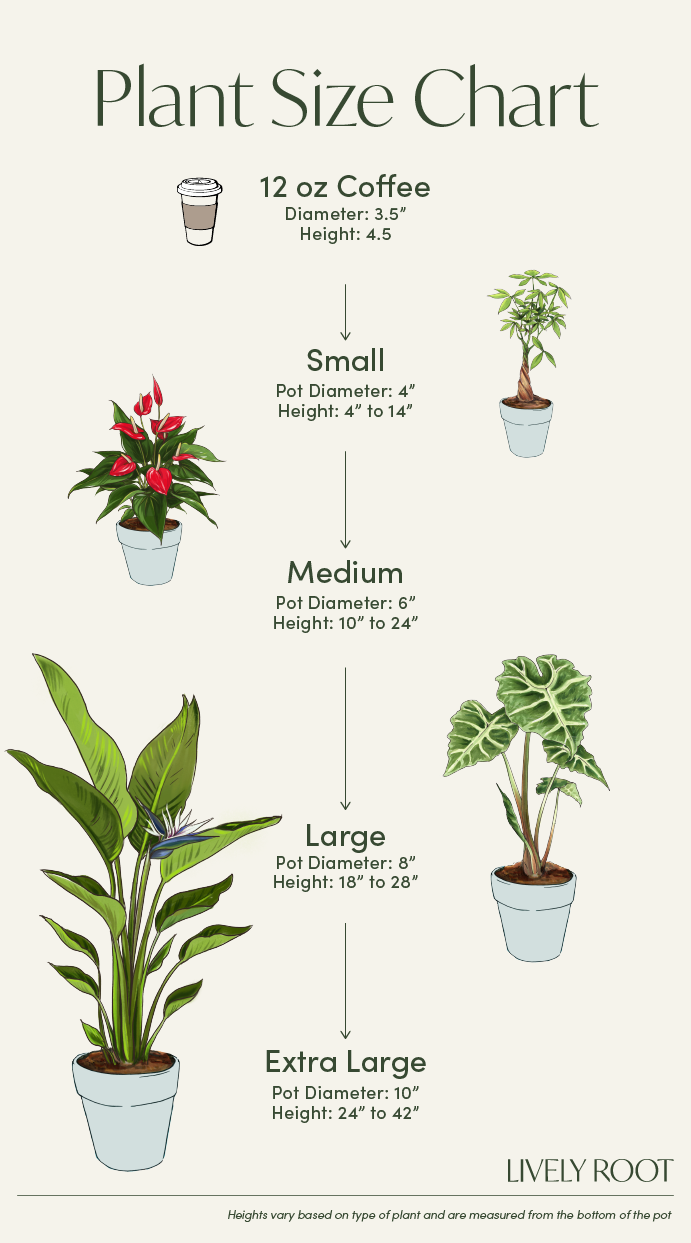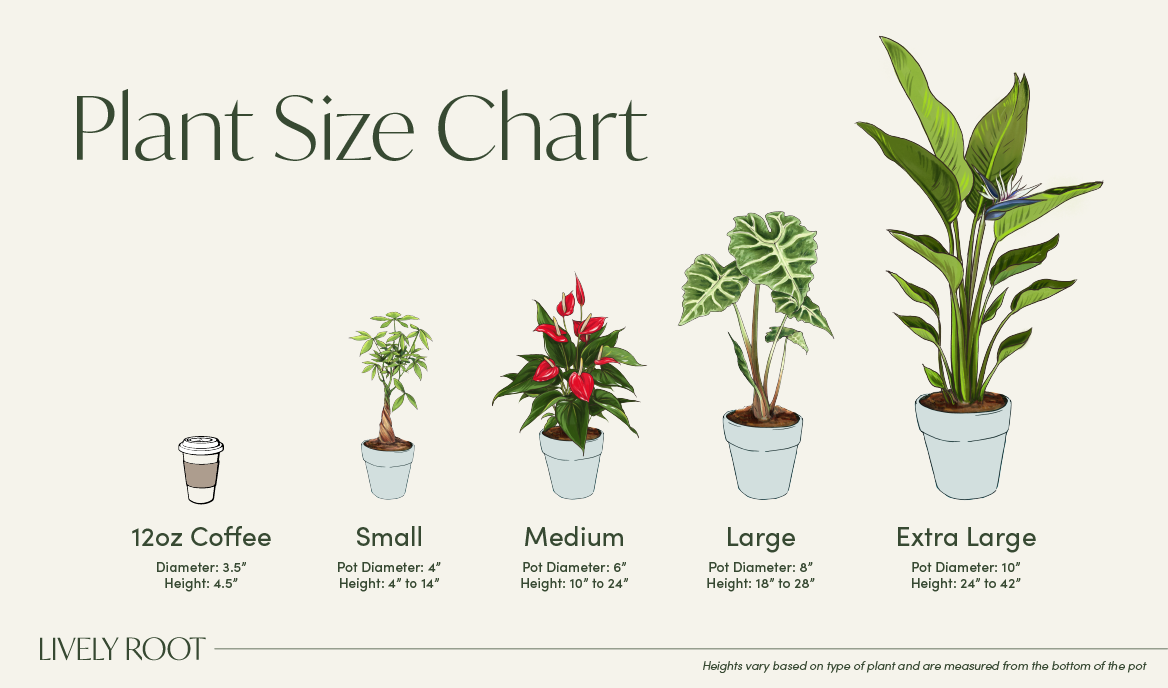

Polka dot plants make a wonderful indoor plant, but you can also grow them as annuals in temperate to warm zones. Their foliage is an attractive mix of brightly colored perennial flowers and grows into an attractive mound. This adorable plant offers an amazing contrast to other plants in your Green Space. A native to South Africa, East Asia, and Madagascar, the Hypoestes Phyllostachya or Polka Dot Plant grows to approximately 2 feet tall and wide.
Hypoestes phyllostachya Care Guide

Enjoys bright indirect light.
Water well when received, then allow the soil to dry out between waterings. They enjoy being moist, but not wet.
Prefers humidity. Use a water tray for bottom-up watering, this will provide necessary humidity & avoid direct contact between water and leaves.
Keep this plant in rooms where the temperature is a comfortable 65°F-75°F and avoid cold drafts or air vents below 60°F. Boost the humidity level around this plant too.
Outside: Keep them in dappled shade (early morning sun) to full shade on a patio out of direct sunlight to prevent leaf burn where nights are above 55°F.
Apply a balanced, liquid fertilizer especially formulated for indoor plants every month during the growing season.
When receiving the Polka Dot Plant, do not repot immediately but wait at least 6-12 months.
Repot in the spring, using a 2 inches bigger pot.
Place a piece of screening at the bottom of the container over the drainage hole to secure the soil and allow to drain. Use a well-draining cacti and succulent potting mix with perlite to help with drainage.
Water your plant in the old pot before transferring over and let sit an hour.
Add cacti and succulent soil to the bottom to elevate the root ball. Lift the plant and release the roots against the existing planter. Use a clean knife or garden trowel to wedge between the pot and the soil to loosen.
Inspect the root ball. Notice if there are any dead or rotting roots and trim off with sterile pruners. If the plant is rootbound, loosen the roots to alleviate continued encircling.
Ensure the plant is sitting about 1 inch below the edge of the pot to avoid water spillage. Add more soil and backfill around the sides by tamping down. Fill up to the soil line but not over.
Water thoroughly, leaving the soil damp but not soggy. If settling occurs, add more soil.
Water well to dampen the soil and let drain.
To keep the plant full and bushy:
Pinch back new growth so branching will occur.
Take 4 inch long cuttings to propagate.
Remove any discolored leaves from the branches or soil.
Replenish soil if needed.
Turn the plant quarter turn each time you water, so they gets plenty of light on each side of the plant to maintain their colorful leaves.
Take a stem cutting with sanitized pruners, 4-6 inches long with leaves attached.
Trim off the bottom leaves on the stem.
Use a pot with drainage and place the stem 1-2 inches down into the damp, well-draining, moist potting soil mix and tamp down around the stem to secure.
Place a clear plastic bag over the cutting to mimic a greenhouse and mist the bag. Set in bright, indirect sunlight while they are rooting.
Check the moisture and humidity each day and add misting to keep the soil moist while the roots establish.
After 1-2 weeks, roots will begin to establish. You can tug onto the stem to ensure the roots are secure.
Remove the plastic bag but maintain adequate humidity around the new plant.
Prune from the top of the plant to encourage more branching.


























